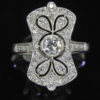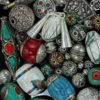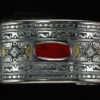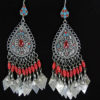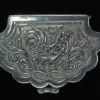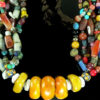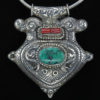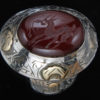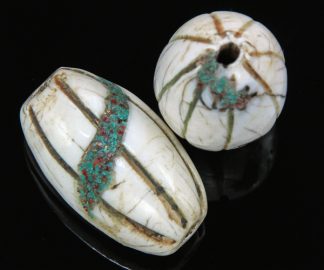Unlike all other gemstones diamonds have a universally accepted grading system that identifies and grades diamonds extremely accurately. However be aware, accurate grading requires a very high level of expertise, as a consequence, unfortunately many diamond grading certificates are not accurate.
There is one laboratory that is universally accepted as the world’s number one grading laboratory, it is the Gemological Institute of America, known as the GIA. There are many other laboratories throughout the world, some are excellent, some poor, however only one, the GIA, is recognised internationally as the “bench mark” The second most 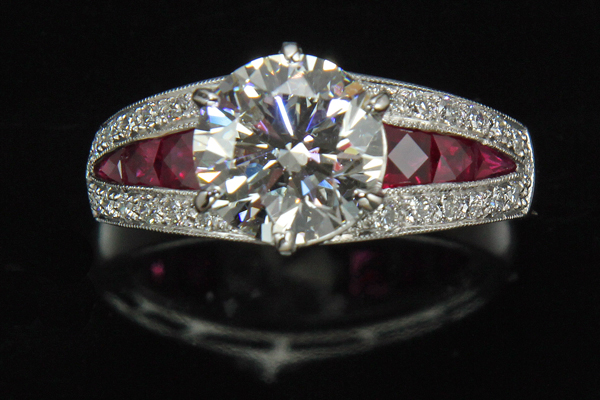 universally respected laboratory is the Diamond High Council of Belgium known as HRD. Diamonds are regularly traded worldwide, without inspection, based purely on their GIA or HRD diamond grading certificate specifications.
universally respected laboratory is the Diamond High Council of Belgium known as HRD. Diamonds are regularly traded worldwide, without inspection, based purely on their GIA or HRD diamond grading certificate specifications.
In Australia the most recognised and reliable laboratory is the Gem Studies Laboratory, based in Sydney, it also known as GSL.
It was the early 1980’s when grading certificates began to be relied on for identifying, grading and valuing diamonds. This was a great step forward for the consumer because prior to this there was no reliable way to compare “apples with apples” Since the 80’s the grading system has been continually refined to a point where if carried out correctly it is extremely precise.
Most people, who have some interest in diamonds, have heard of the “4C’s” This stands for:- 1. Carat Weight 2. Cut 3. Clarity 4. Colour. While these are the well know grading criteria there is also an important fifth criteria, referred to as Fluorescence.
1.
Carat
(ct) – or the weight in carats; not to be confused with gold where the term carat refers to the purity not the weight ( see About silver, gold and metals in tribal jewellery). There are 100 points (pts) in 1ct and 5cts in 1 gram. In the trade diamonds are wholesaled, (as are all gemstones), at a US$ per carat, (pc), price and the bigger a diamond is the more per carat it will cost. So a 50pt or ½ ct round diamond may wholesale for say US$4,000 pc, ie $2,000 for the stone, while a 1ct diamond of the same cut and quality may wholesale for US$9,500 pc, ie $9,500 for the stone. So while a 1ct diamond is twice the size of a 50pt diamond it may wholesale for nearly 5 times the price of the same quality 1/2ct diamond. This leap in price is because larger diamonds are rarer. A principal that applies to most gemstones but not all and usually not to the same degree.
2.
Cut
– relates to how precisely, a particular shape is cut and polished. This affects the way light is reflected and refracted, (separated into its spectrum colours), 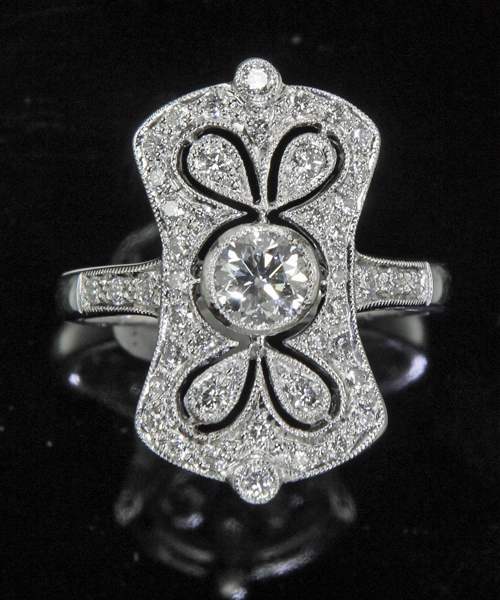 through and out of the diamond, ie how much the diamond will sparkle, often referred to as its “fire.”
through and out of the diamond, ie how much the diamond will sparkle, often referred to as its “fire.”
The most common shapes that diamonds are cut into are, Round, also known as Brilliant cut; Princess cut and Emerald cut, these are square or rectangular shapes; Oval cut; Pear cut, also referred to as Drop shape, and Marquise cut which is the boat shape with pointy ends. There are other cuts which are generally referred to as Fancy Cuts. By far the most popular shape and the most expensive is the Round or Brilliant cut.
While cut is most important don’t be swayed by sellers who claim they have the best cut. As mentioned in the 4th paragraph above the development of accurate certificates has enabled consumers to compare “apples with apples” This exact comparison has meant that sellers have tried to establish a point of difference, other than price, between their diamonds and their competition. Because cut is the most complicated of the 5 grading criteria sellers use the cut as their point of difference often giving a fancy name to “their cut” which they might propose is the best cut of all. Be assured that if the diamond has a GIA certificate which says the diamond has excellent proportions, excellent polish and excellent symmetry, ( known as an ex, ex, ex diamond) then you have one of the best cuts and you really don’t need to concern yourself about cuts with fancy names. Note, I am not suggesting you should only buy an ex, ex, ex diamond, (for which you will pay a premium). There other other grades and combinations of all grades, such as Good (G) or Very Good (VG) which still make for a well cut diamond. However as they are not in the excellent category such diamonds should be selling at a lower price and therefore depending on your budget priorities may be more appropriate for you.
A well established term you are likely to hear with regard to the cut is “hearts & arrows.” This refers to a pattern of hearts and arrows that can be seen in some very well cut round diamonds when looking through a special viewer. This does confirm that the diamond is of excellent proportions & symmetry, however a diamond can still be an ex, ex, ex diamond and not exhibit a hearts and arrows pattern.
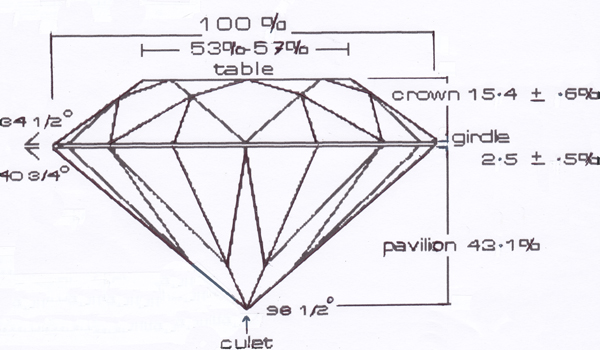
Marcel Tolkowsky developed the original 58 facet round brilliant cut diamond in 1919. This has since developed into the Ideal cut as shown at right. If the culet, (bottom point), is not faceted, which is not uncommon, then there are 57 faces. Today the girdle is also often faceted with many faces which is certainly an attribute provided the girdle is not too thick. The convention is not to count those girdle faces on top of the 58.
To conclude cutting, there is not one perfect cut. Within the realm of the ideal cut there is some tolerance with the proportions, some small variations that will still produce an ex, ex, ex cut diamond.
I quote from the GIA website www.diamondcut.gia.edu/ “The most exciting and reassuring conclusion of our research is that there is no single set of proportions that define a well-cut round brilliant diamond. Our research has shown that many different proportions can produce attractive diamonds”.
3.
Colour
– Diamonds occur in nature in many “fancy” colours such as red, blue and green, these very rare and therefore demand extremely high prices. Most diamonds occur in various shades of white, yellow or brown. Very white or very yellow (fancy yellow), diamonds are also quite rare and therefore also command a premium.
White diamond colour is identified by a letter of the alphabet. D is the top colour, the whitest, or to be more precise, the most colourless. The grading system then works its way down the scale through E, F and G which are all “white” stones but each with the faintest increasing ting of yellow or brown. This change is so subtle it can only be properly judged by comparing the diamond against diamonds of known colour in a controlled light environment. By J colour the colur tinge becomes apparent even to the untrained eye and so on as it goes down the alphabet as the diamonds become more and more yellow or brown and correspondingly less valuable.
4.Clarity refers to marks that may be in or on a diamond. The clarity grades are, Internally Flawless or IF, Very Very Slight mark one or VVS1, then VVS2, then VS1 and VS2 then Slight Inclusion 1 or SL1 then SL2 and SL3. Finally there is Inclusion one or I1 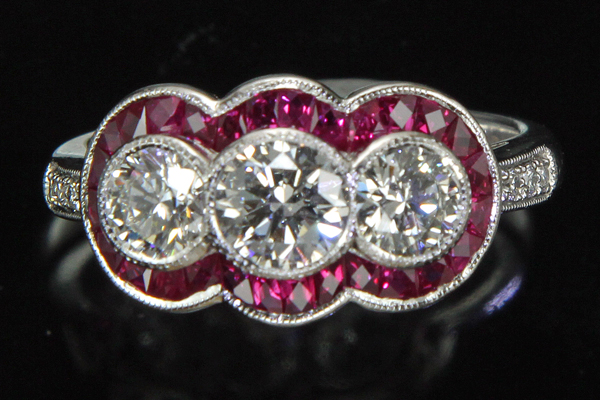 then I2 and I3. Another term Pique is the same as Inclusion so you may see P1, P2 and P3. instead of I1, I2 or I3. As you would expect as you move down the scale from IF to I3 or P3 the marks become more prominent. A novice is often unable to see a VVS1 or VVS2 or even a VS1 mark in a diamond even with the use of the standard 10x loop. One can not see a mark with the naked eye until it gets down to the I1, ( P1), level ans even then it is difficult. I3 diamonds are very heavily marked and can be seen easily with the naked eye. When checking the clarity the diamond needs to be very clean, otherwise it can be difficult, especially for a novice, to pick a permanent mark from a speck of dust.
then I2 and I3. Another term Pique is the same as Inclusion so you may see P1, P2 and P3. instead of I1, I2 or I3. As you would expect as you move down the scale from IF to I3 or P3 the marks become more prominent. A novice is often unable to see a VVS1 or VVS2 or even a VS1 mark in a diamond even with the use of the standard 10x loop. One can not see a mark with the naked eye until it gets down to the I1, ( P1), level ans even then it is difficult. I3 diamonds are very heavily marked and can be seen easily with the naked eye. When checking the clarity the diamond needs to be very clean, otherwise it can be difficult, especially for a novice, to pick a permanent mark from a speck of dust.
5.
Fluorescence
– many diamonds ehibit a glow, understandably this is easier seen in the dark. This glow or fluorescence is similar to the way some thing’s glow under a black light eg a disco light. The colour of the glow is usually in shades of cream yellow or blue. Fluorescence can vary from None or Inert to Faint, Very Slight, Slight, Moderate, Strong, Intense, Very Intense, to Over Blue. Fluorescence is not considered favourable because it can mask the true colour of a diamond and if very strong can create a vague misty look to the diamond.
In general, when buying a diamond one needs to carefully consider these five quality criteria. As with most things it is usually best to buy good quality where possible however most people will have to make a compromise in line with their budget. As this post is offered as a practical guide to diamond buying here is my opinion about the order of priority that one should place on the grading criteria.
1. First you should consider the shape you would like.
2. Next one should consider the size.
3. Then the quality of the cutting.
4. Then the colour.
5. Next the clarity.
6. And last the fluorescence.
Having said that, once you have decided on the shape and size you would like, it would be a mistake not to not buy a diamond with a consistant quality level of cut, colour, clarity and fluorescence. For example it would be a mistake to buy a well cut diamond of good colour and clarity but with very intense fluorescence.
If you want to go for size a “show for dough” diamond, that’s fine; get the bigger size you want and sacrifice the quality but try not to buy a diamond where one or two of the qualities are way below the others.
A couple of final points first:- Diamonds are the hardest natural substance known however there is a difference between hardness and toughness. You cannot scratch a diamond but you can break or chip a diamond. In my time I have seen many a chipped diamond, I wonder how many are chipped whilst washing under a metal tap ? So be aware while diamonds are tough if you are unlucky they can be chipped.
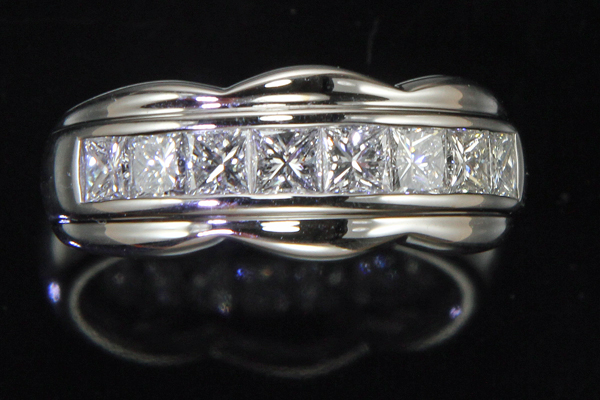
Second, most people spend a lot of time considering the quality of a diamond before buying. However once bought they tend to forget that those qualities soon lose their “fire” if the diamond is not kept clean. While the top is easy to keep clean, it’s the underneath, where the setting metal is, that can quickly collect a greasy film. This film will dull the look and colour of your diamond which effectly wipes out the quality attributes you paid a lot of money for. Fortunately the problem is easily fixed, warm water, some detergent and a toothbrush is all you need to clean away the film; be careful not to pull on the setting with the toothbrush bristles.
To finish, if you want to buy an all round very good quality diamond the starting point in my opinion is, Cut – ex, ex, ex, Colour – G, Clarity – VS1, Fluorescence – none. From this point you can improve the colour >F>E>D and or clarity VVS2> VVS1>IF to move closer to perfection but diamonds starting at this quality are expensive.
Assuming you have a budget, quality is always a trade off against the most immediately identifiable characteristic of any diamond, its size. As I have said size verses quality is a trade off and there is nothing wrong with dropping the quality so you can have a bigger size.
_________________
This practicle guide is the opinion of the author, Gary Draper. Gary is a qualified, geologist, gemologist, diamond and gem grader, diamond and jewellery valuer and ex-lecturer in gemology with many years experience in the precious jewellery business in Sydney and London.
As always your opinion and comments are most welcome.

